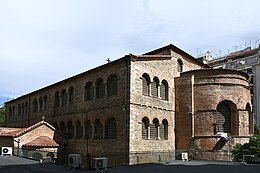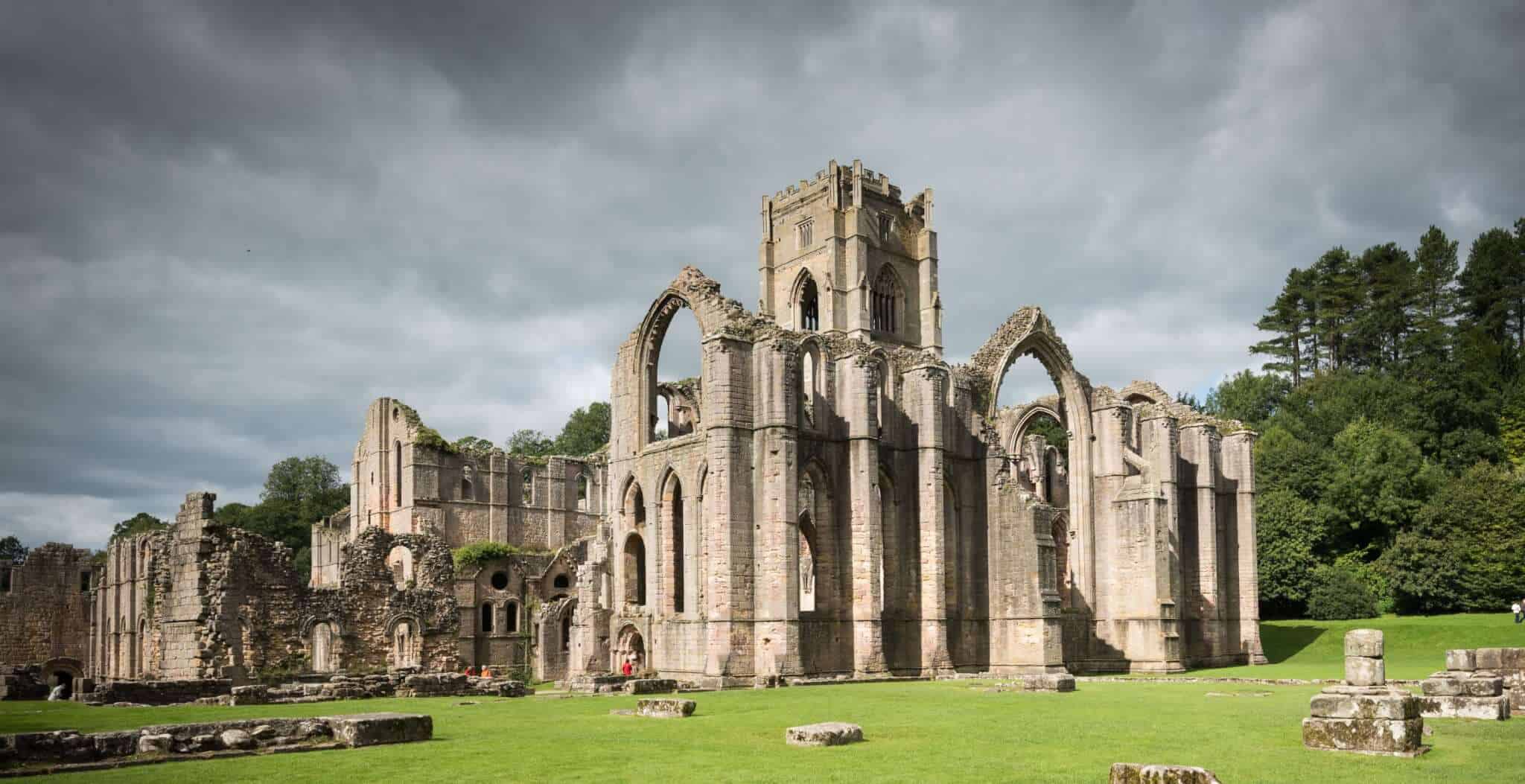From Greeks to Gothic
From Greeks to Gothic
In a previous blog I explored the architecture of Ancient Greece and Rome. And that it was suitable to call it 'thinking architecture' and the genesis of architecture. In this blog I will explore the journey from Ancient Greece to the beginning of Gothic Architecture.

Greek architecture is the architecture of ideas; in Ancient Greek culture we see the emergence of new ways of seeing the world through science and philosophy. This idea of 'thinking about thinking' is characterised by the great philosophers of the time, such as: Plato, Aristotle, Socrates, Heraclitus and Pythagoras. They laid the foundations of modern thought and institutions; and in my opinion indirectly gave birth to every new style of architecture, which has evolved around the idea of thinking about architecture. Plato is believed to have started teaching in the shade of a tree by the main gymnasium in Athens and as such, created the first university.
Founded upon these new ways of understanding the world of architecture became an extension of Intellectual thinking and making. In parallel the emergence of civil governance and institutions we would recognised today. Architecture and civil evolution go hand in hand, as without people, both would fail.
Rome
My journey now takes us to Rome, which can be and something that I personally believe is true is that Roman society including architecture is an extension and improvement of the Greek systems.

Romans had a great Maxim: 'Bread and Circuses', the idea that if you gave the people food and entertainment that they would be happy. This could still be the case even to this day. Rome exercised its expertise in civic order with architecture. The best example of this is the scene in Monty Pythons Life of Brian in which they are discussing what the Romans have ever done for them. And they realise it was a lot, from aqueducts to paved roads.
In all serious though, we must acknowledge the huge progression made by Ancient Greek and Roman culture and how much of it remains as key parts of our lives to this day.
Byzantine Empire Now we move onto the Byzantine Empire.
As the western Roman Empire collapsed, the Eastern Empire flourished. Constantinople its capitol, constructed by emperor Constantine (modern day Istanbul) was characterised by a shift towards eastern christian orthodoxy.
The fact that Constantinople sits at the mouth of the Bosphorus creates the idea that it was and still is a nexus between east and west. Constantinople was a threshold.
Byzantine architecture in maturity was signified by the Hagia Sophia in Istanbul.


However, earlier manifestations of Byzantine architecture were much less ornate such as the Church of Acheiropoietos in Thessaloniki in Greece during the 5th Century. Characterised by its small simple columns.
The 4th Century Euphasian Basilica in Croatia is highly decorated, with domed ceilings depicting biblical scenes and a focus upon the apse.
The use of an ornate ceiling form draws the eyes up to the realm of the deities. I believe that this simple but effective trick only shows how much the ancient architects thought about the importance of a building not only functionally but also spiritually and philosophically as well.
More Romanesque styles followed with buildings such as the Pisa cathedral (1063-1118) and the Pisa Campanile (1174-1271) which had incredibly ornate interiors and further embraced the idea that architecture was an ever evolving form.



Finally before we arrive at Gothic architecture, we must also look at Anglo-Saxon architecture. Fountains Abbey, even though built around the same period as the Pisa Cathedral (1137-1200), was completely different in design and style. In my opinion, I believe that this is the closest example you can get to Gothic architecture before it became a style.
Another key building from this period and area is the Banisteborgund Stave Kirke in Norway c1150. It is interesting because originally the area had a pagan faith, but the church is christian. Inside along with the christian sculptures and images is a sculpture of one-eyed Odin a norse god. The church was an amalgamation of two faiths.


And here we are, on the doorstep of the emergence of Gothic architecture and a style which was in open resistance to the Renaissance style. I have found it extremely interesting, exploring the differing styles of architecture in what was known as the dark ages and the journey from Greek to Gothic architecture. The styles which come into play here are the beginnings of great styles which would go onto change the world as we know it. In my next blog I will talk in further detail while exploring Gothic and medieval architecture.

Comments
Post a Comment